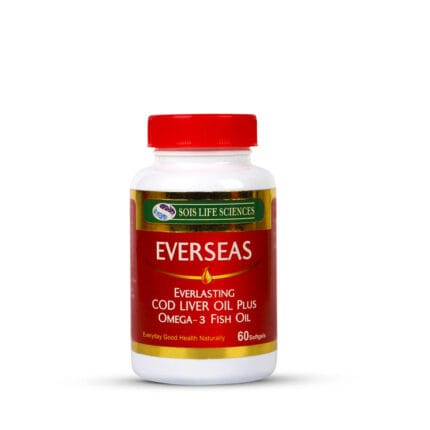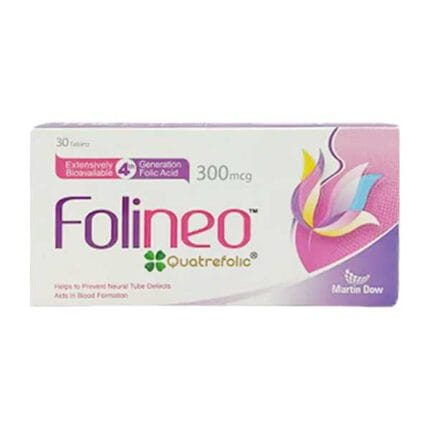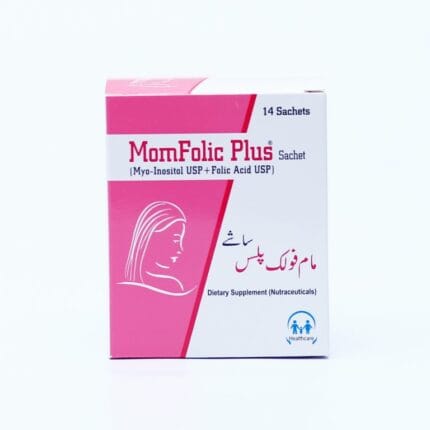Description
It works by increasing the outflow of aqueous humor through the uveoscleral pathway, reducing intraocular pressure. As a prodrug, Travoprost is converted into its active form, travoprost acid, once absorbed into the eye. The active form binds to prostaglandin F (FP) receptors, leading to the relaxation of the ciliary muscle and increased permeability of the uveoscleral tract, which enhances fluid drainage.
Ingredients
TravoprostDrug Class
Prostaglandin Analog
Dosage Form
Drop
Uses
Travatan Eye Drops are indicated to decrease elevated intraocular pressure in ocular hypertension and open angle glaucoma
Dosage
Travatan eye drops dosage recommendations are:
- Reducing intraocular pressure in glaucoma and ocular hypertension – Instill 1 drop into the affected eye(s) once daily in the evening.
In case of Overdose
A topical overdose is not likely to be associated with toxicity. Treatment of an accidental ingestion is symptomatic and supportive. Overdose may lead to increased ocular pressure or irritation. Rinse the eye with saline and seek medical advice.
Missed Dose
Apply as soon as you remember. If it’s almost time for the next dose, skip the missed dose.
How To Use
Instill 1 drop into the affected eye(s) once daily in the evening. Avoid touching the dropper tip to the eye or any surface.
When Not to Use
Travoprost should not be used in the following situations:
- Known hypersensitivity to Travoprost
Side Effects
Potential side effects associated with Travaprost Eye Drops include:
- Eye irritation
- Redness
- Burning sensation
- Dry eyes
Precautions & Warnings
When using TRAVATAN, it is important to be aware of the following precautions and warnings:
- TRAVATAN can cause gradual and permanent changes in eye color by increasing melanosomes in melanocytes, which may be more noticeable in individuals with mixed or lighter colored irides. This change typically develops slowly over months to years and can result in permanent heterochromia if only one eye is treated. The long-term effects on melanocytes are not fully understood.
- The medication may also lead to periorbital and eyelid skin darkening in a small percentage of patients and can cause changes in eyelash characteristics, such as increased length, thickness, and pigmentation.
- Caution is advised when using TRAVATAN in patients with inflammatory ocular conditions, neovascular glaucoma, or angle-closure glaucoma, due to limited experience in these conditions. It should also be used carefully in individuals with risk factors for cystoid macular edema or iritis/uveitis.
- Avoid contact with the skin to prevent transdermal absorption, and take precautions if pregnant.
- Contact lenses must be removed before applying TRAVATAN. The product contains excipients that may cause skin irritation.
- There is limited safety and efficacy data for children under three years old. For primary congenital glaucoma in this age group, surgery remains the primary treatment option.
Drug Interactions
Drug interactions with travoprost include:
- Other ophthalmic prostaglandins (e.g., latanoprost, bimatoprost) (may enhance intraocular pressure-lowering effects)
- Topical anti-inflammatory agents (e.g., corticosteroids) (may alter the effect of travoprost)
- Beta-blockers (e.g., timolol) (may have additive effects on intraocular pressure)
- Systemic prostaglandin analogs (e.g., misoprostol) (may increase systemic prostaglandin effects)
Storage/Disposal
Store between 2°C to 25°C, away from light and moisture. Do not freeze. Dispose of unused eye drops via a pharmacy take-back program or according to local waste disposal rules.






















Reviews
There are no reviews yet.